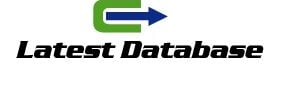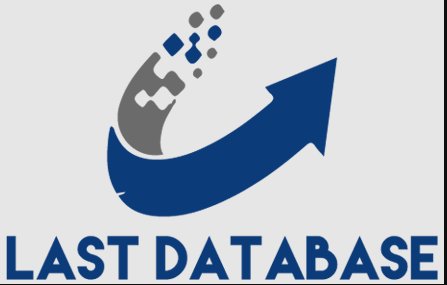I understood objects and classes
The series consists of six books that should be read sequentially. Yes, the first book, Up & Going, covers the basics of the language, including types, values, and variables. The second, “Scope & Closures,” delves into. The workings of JavaScript’s scope system and how closures work. The last textbooks in the series work with more complex concepts. For example, the fifth book, “Async & Performance”, is devote to asynchronous programming and performance optimization, and the latest “ES6&Beyond” talks. About the new features introduce in ECMAScript 6 and later versions of the language. “I turne to one of the publications when. The theory is describe quite simply and clearly.
Are written in complicate language
In addition there are nuances that are interesting to learn for general development, and which you don’t learn when you nee to quickly master the language in order to perform work tasks,” says Maria. Advantages: each book is written for a certain level of knowlege; tasks and examples are relevant to the real work of the developer; numerous code Austria Phone Number List examples with detaile explanations. Disadvantages: sometimes the information may be out of date. DAVID HERMAN “Effective JavaScript” (English) David Herman, who has been working to standardize the language for many years, provides 68 proven approaches to writing better JavaScript code. He explains the nuances of working with arrays and objects, features of OOP, functions and semantics of variables — and reinforces.
Disadvantages: sometimes the explanations
The theory with concrete examples. Advantages: contains information to fill in the gaps in fundamental JavaScript theory; full of examples from AERO Leads the author’s personal practice, as well as recommendations for creating applications of various scales.. CAY HORSTMANN “Modern JavaScript for the Impatient” (English) A comprehensive guide to JavaScript ES6 and later versions of the language, with practical recommendations and code samples.







